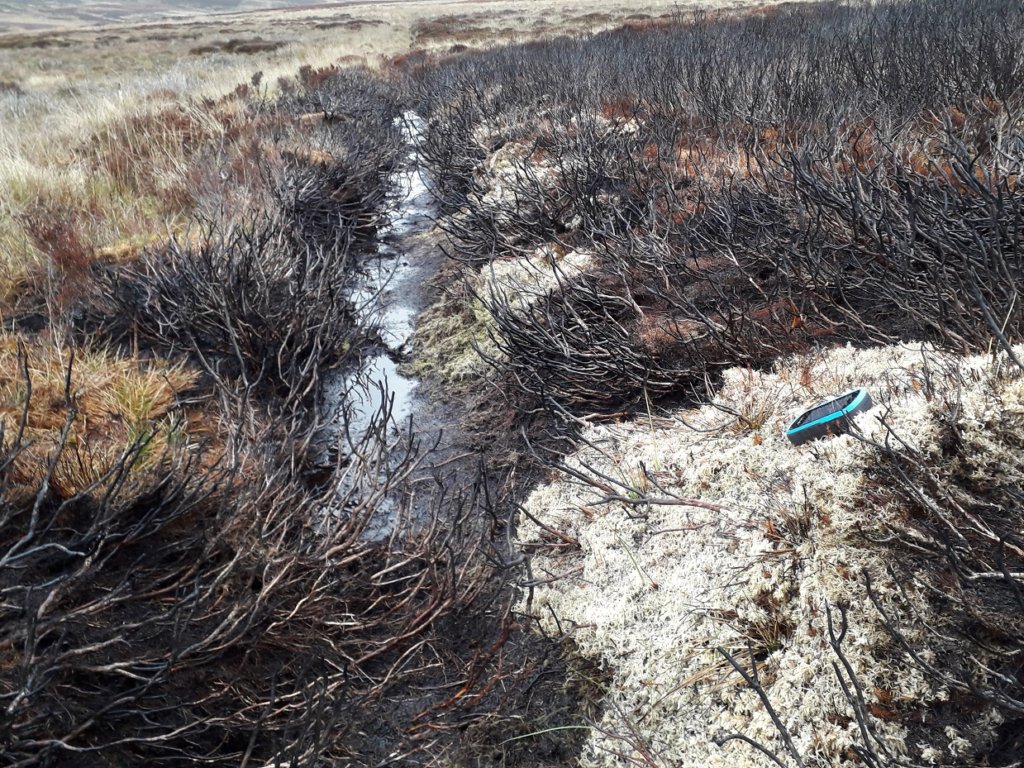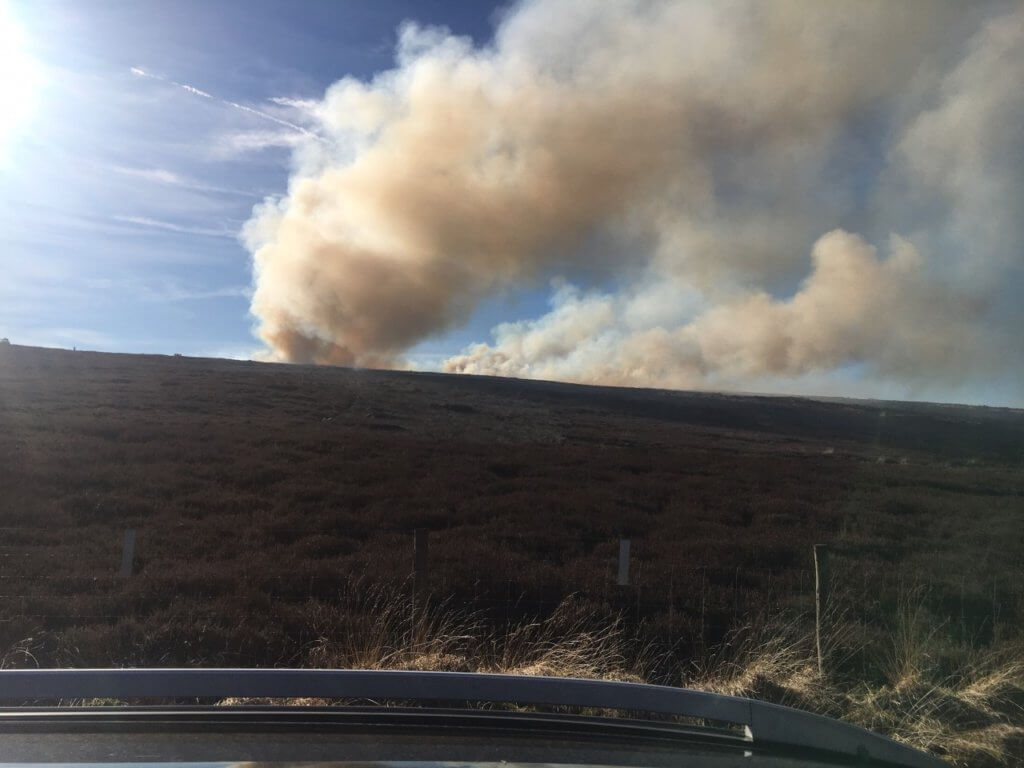
An open access paper in Biodiversity and Conservation looks at the burning of blanket bogs.
Its Abstract ends with these words,
More frequent burning will result in a greater proportion of land in the early post-burning stages, potentially resulting in a thinner moss layer, more bare peat and less healthy Sphagnum, with potential consequences for carbon balance. No evidence was found to support the use of burning as a tool to increase existing Sphagnum or promote Sphagnum re-establishment success.
https://link.springer.com/article/10.1007%2Fs10531-019-01703-0
And one of its authors works for … Natural England.

So as we thought there should be no burning of blanket bog allowed. One assumes that is all blanket bog in pristine condition, slightly damaged, badly damaged etc none of it should be being burnt yet quite clearly it is. What are NE going to do about it on moors other than those already being investigated?
Paul – good question!
one exception that I would propose is where Molinia has become the dominant in a wet heath community with sphagnum and other B Bog species hanging on underneath. A well managed quick and ‘cool’ burn at an appropriate time will burn off the dead molinia with very little damage to uinderlying vegetation. There is a need then to follow up with light grazing in the spring or the molinia will once more gain dominance. This situation may occur on blanket bog where the peat is relatively shallow. Molinia does not normally achieve such levels of dominance on deep peat in my experience. This should only be a one off operation.
It really depends how wet the ground is. If wet enough, Sphagnum will win out in the end….and burning only sets the Sphagnum back.
In the northern North Pennines yesterday. In the still air there were columns of brown oily smoke rising in several directions, hanging in the still, anticyclonic air. The colour and texture of the smoke showed peat was being burned; it reminded me of the brown coal fires they used to burn in eastern Europe. Given current concerns about air quality, isn’t this (legally speaking) a public nuisance?
I would argue even in the situation you outline that reinstating appropriate grazing is more appropriate. I work across a range of upland sites where the peat is almost universally under 40cm – generally reinstating cattle grazing at appropriate densities (i.e. high short term, then tailing off) is the most effective way to break the molinia stranglehold. The single burn further favours molinia, even if it is ‘cool’, and a couple of seasons of mob grazed cattle deals with the thatch just as effectively without the carbon/ hydrology issues associated with burning. Burning followed by sheep is just a disaster for sphagnum on every single one of our sites. Sheep in general are the best friend of molinia.
But surely cattle would trash ground nests etc?
Whilst realising the importance of protecting blanket bog, I get the impression that some people now are equating all upland burning with the destruction of this habitat, and indeed wildlife in general, and
question the necessity of the practice.
In the blog entitled “Warm Words on Burning” (Feb 20th), I commented on a local moor ( unshot), that had resumed burning after many years – fifteen as it turns out .
This afternoon I was in a Birch wood below the moor, hoping for a Raven nest but seeing only Redpoll,
when I noticed smoke above me, so decided to climb up and have a word with the tenant farmer.
As I struggled through the Heather and Bracken, a Goshawk left the crag above me and soared out over the valley, a fine sight on the best February day I can remember.
Talking with the farmer and his son, we discussed the reasons for the lack of recent burning, which
I will not go into here, but agreed that poor grazing for his sheep, and difficulty, at times, in driving or
gathering them was becoming a problem with the lengthening heather.
We also agreed that, as I stated in a reply to the previous blog, the moor had deteriorated in respect to the habitat available to nesting birds.
Cutting, as practised on a nearby area, was just not as effective as burning in many respects.
Interestingly, he was also fencing an area of bog, to protect it from a herd of longhorn cattle to be
introduced for biodiversity purposes.
Irrespective of people’s views on grouse shooting, it must be realised that for the forseeable future, a
regime of low intensity burning is the best method ,in many cases, to maintain both suitable grazing
for sheep, and habitats for many ground nesting birds,of open countryside.
I wonder if a FOI request to the Fire Service would reveal exactly how many moorland fires were started by muirburn which had gotten out of hand – if indeed they collect that data. Now THAT would be interesting- and if significant would seriously counter the argument that burning “reduces the likelihood (and intensity) of fire and/or creates fire breaks” (GWCT n.d.)